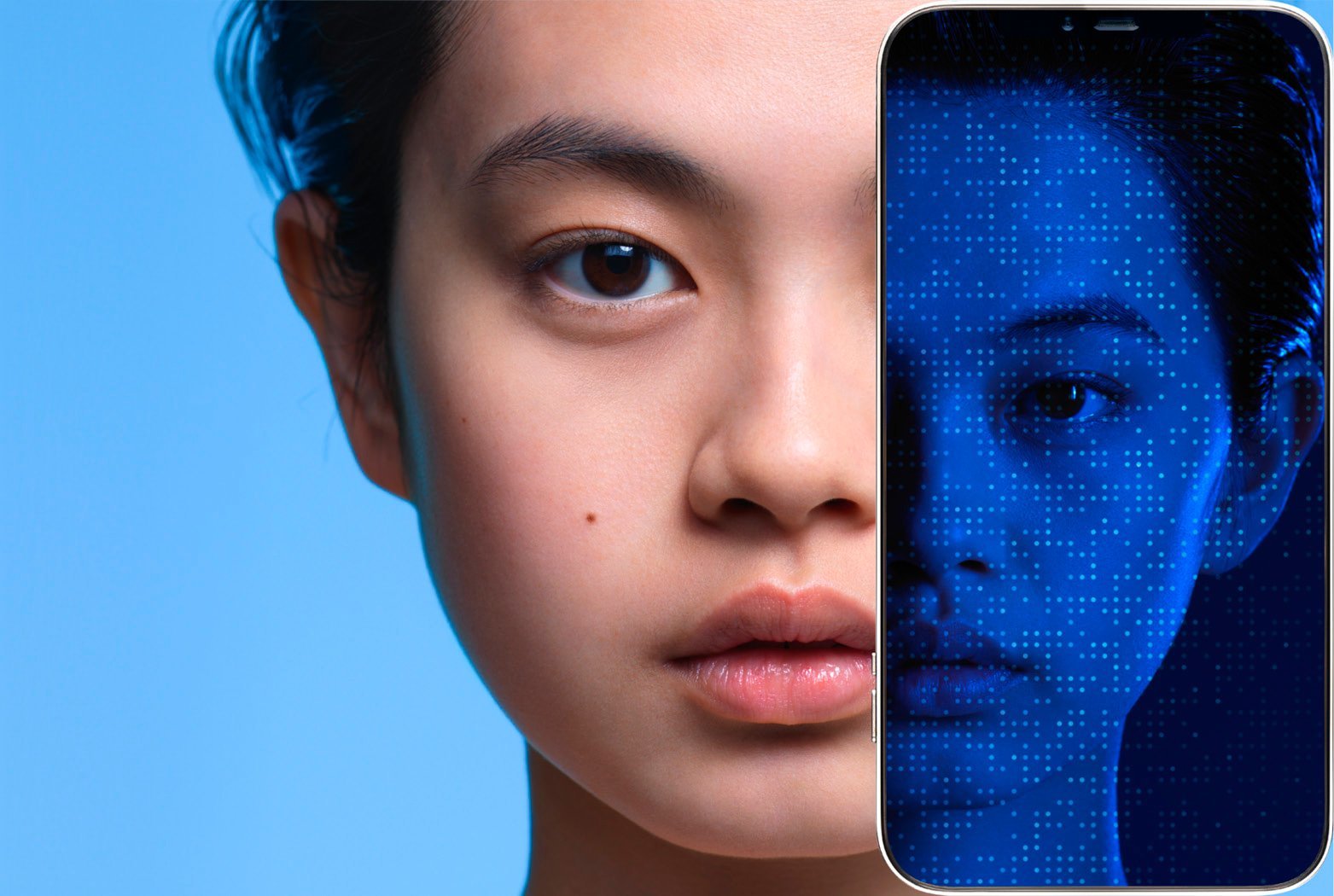WHAT IS SUN ALLERGY?
Sun allergy is a term used to describe conditions in which the skin develops a rash after sun exposure. Doctors still don’t fully understand what causes sun allergy, but it is thought that UV light modifies a substance in the skin, which the immune system reacts to, resulting in the skin becoming inflamed (red, angry, itchy…).
By far the most common form of sun allergy is called polymorphous light eruption (also known as benign summer light eruption). Read on for details of the symptoms of sun allergy, the different types of sun allergy rash to look out for and, most importantly, what to do about it! Spoiler alert: The key is knowing which sunscreen to choose to prevent it from happening.
SUN ALLERGY SYMPTOMS
What does sun allergy rash look like?
Sun allergy often refers to a condition known as polymorphous light eruption. “Polymorphous” means something that takes many forms. This means there are several different types of sun allergy rash:
- The most common manifestation comes in the form of crops of small, red, itchy spots. They tend to appear on the neckline, shoulders, arms and legs as well as the instep. The face is often unaffected. They usually appear 12 hours after exposure.
- Some people get blisters that later form dry red patches (similar to eczema).
- Less commonly, the red blotches can look like targets or bull’s eyes1.
WHAT CAUSES
SUN ALLERGY?
Why do I get sun allergy?
Sun allergy or polymorphous light eruption is caused by exposure to sunlight, especially UVA rays.
Who gets sun allergy?
Polymorphous light eruption is more common in:
- Women between the ages of 15 and 35, although anyone can get sun allergy.
- Fair skinned people, although people with darker phototypes (skintones) can get it too.
- People whose family members also have sun allergy (it is thought to be genetic and run in families).
Avoidable causes of sun allergy
Certain medications such as tetracycline antibiotics can cause sun allergy. Some cases of sun allergy are caused by the skin coming into contact with certain substances before sun exposure; the culprits include fragrances and even lime juice. Doctors have even coined the term “Margarita rash” for sun allergy caused by limes! But the root cause of sun allergy is sunlight itself, especially UVA rays, which is why the right sunscreen is at the heart of any solution. Read on for the details…
SUN ALLERGY
TREATMENT
The primary treatment for sun allergy is prevention. That means limiting sun exposure with smart sun protection habits and the right sunscreen to prevent sun allergy. To avoid sun allergy, follow these simple tips:
- Avoid being out in the sun between 12:00 and 16:00.
- Wear protective clothing such as hats, sunglasses, long-sleeved t-shirts, etc.
- Use sun protection creams with a very high protection factor (SPF 50+) and broad spectrum anti-UVB and anti-UVA protection.
- Ensure your sunscreen protects against long UVA.
- Make sure your sunscreen is created for sensitive, reactive and allergy-prone skin to avoid reactions.
- Re-apply a suitable sunscreen every two hours.
- Try out the mist sunscreen from the Anthelios range.
FINDING THE RIGHT SUNSCREEN FOR ALLERGIC SKIN
SUNSCREEN
What sunscreen should I use for sun allergy?
If you are prone to any form of sun allergy, you need to find the right sunscreen. The dermatologist’s partner brand La Roche-Posay develops suncare products for people prone to skin conditions such as sun allergy.
ANTHELIOS Sun Intolerance cream is the 1st sunscreen with high broad-spectrum UVA + UVB protection combined with soothing Neurosensine to limit UV-induced discomfort. It is specifically created for sensitive and sun-intolerant skin prone to sun allergies such as polymorphous light eruption.
ANTHELIOS Sun Intolerance cream offers clinically proven efficacy on people at risk of polymorphous light eruption. A test under dermatological control concluded that 100% of patients were protected against polymorphous light eruption.
What sunscreen for sensitive, reactive and sun-intolerant skin?
Anthelios Ultra Cream SPF50+ has broad-spectrum, very high UVA + UVB protection, all the way until long UVA rays for a better protection against UVA damages responsible for sun reactions and allergy.
It is formulated specifically for sensitive, reactive and allergy-prone skin types with only the essential ingredients, but no compromise on protection. You will find no parabens or preservatives in the formula. The formula also contains La Roche-Posay Thermal Spring Water, a natural soothing antioxidant to soothe UV-induced discomforts.






